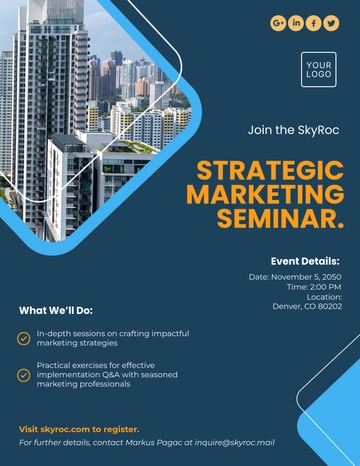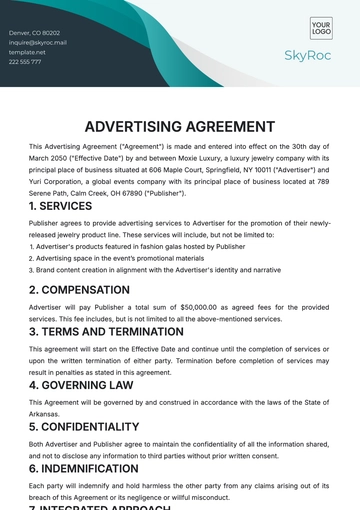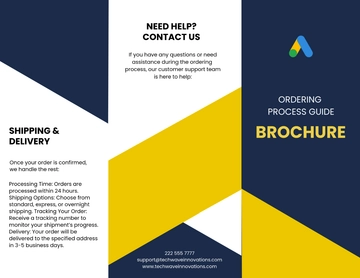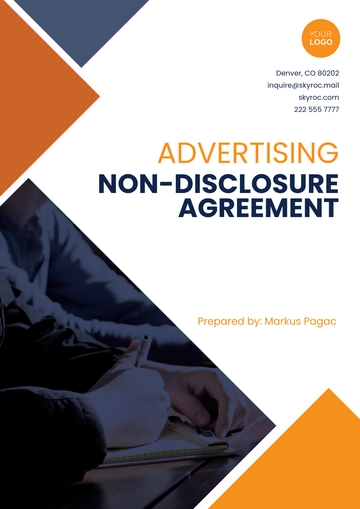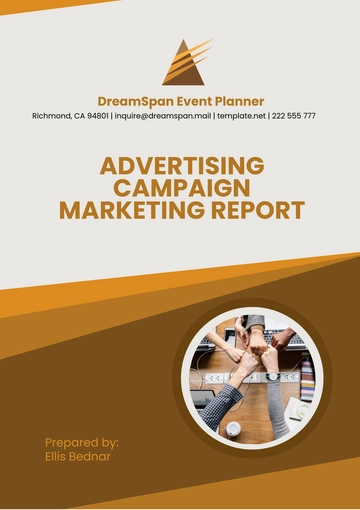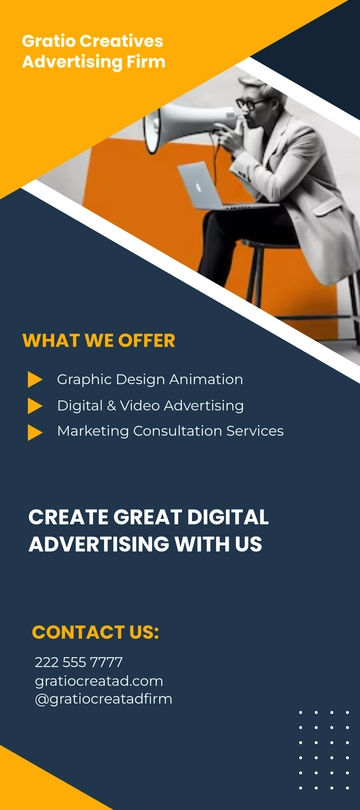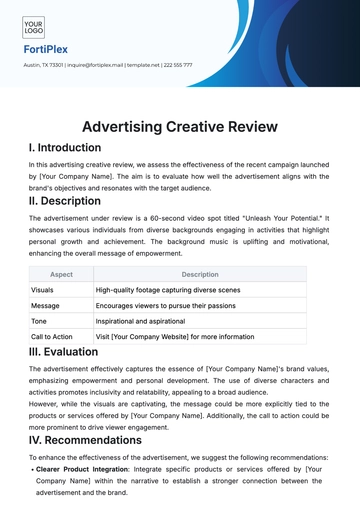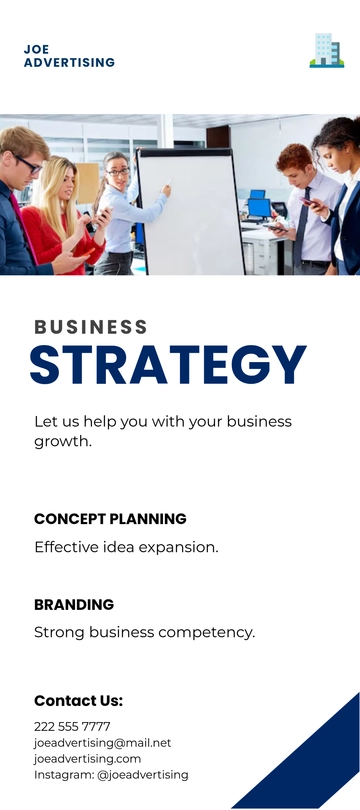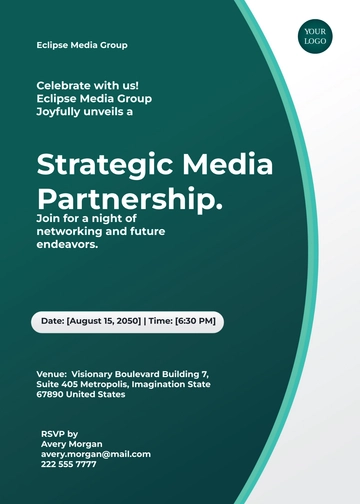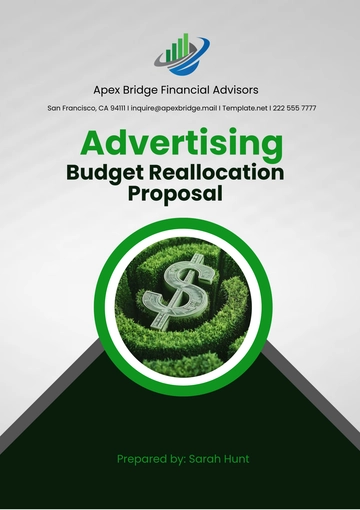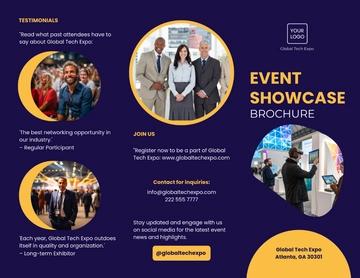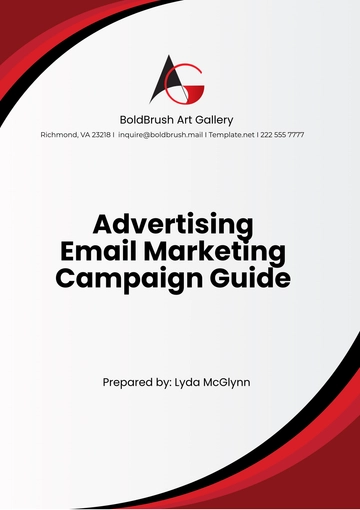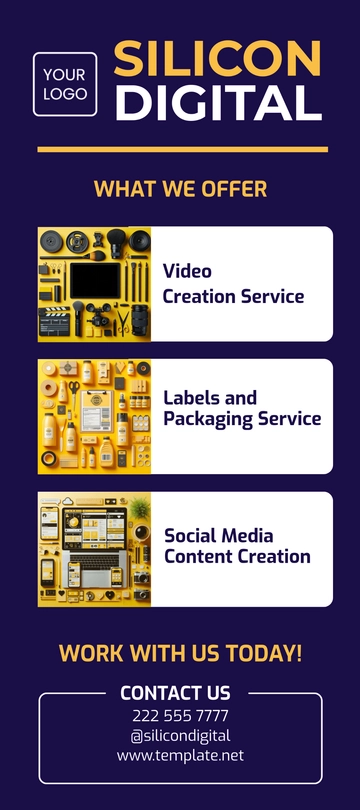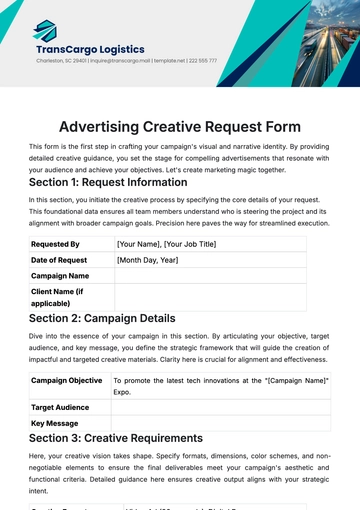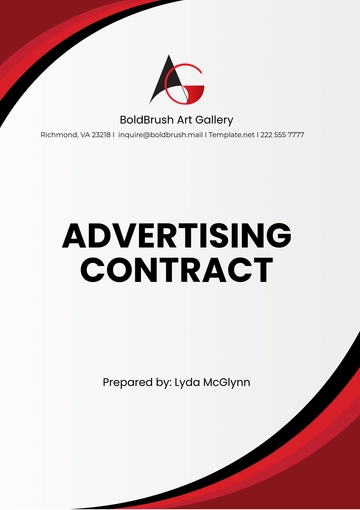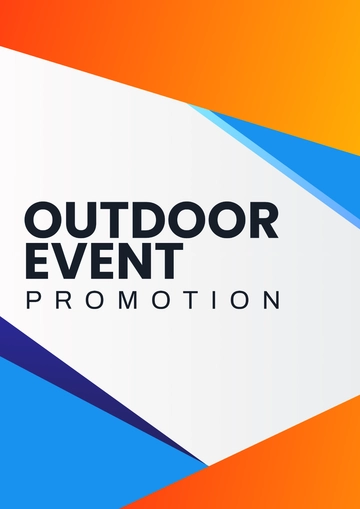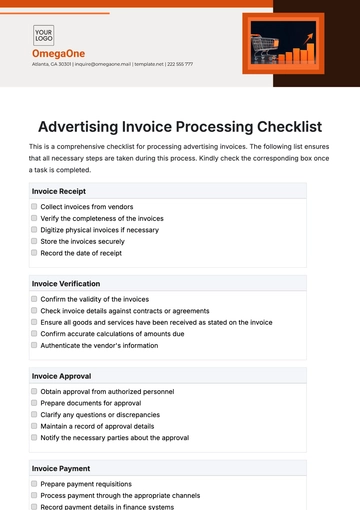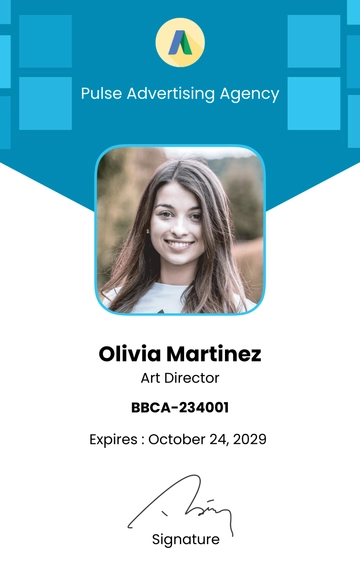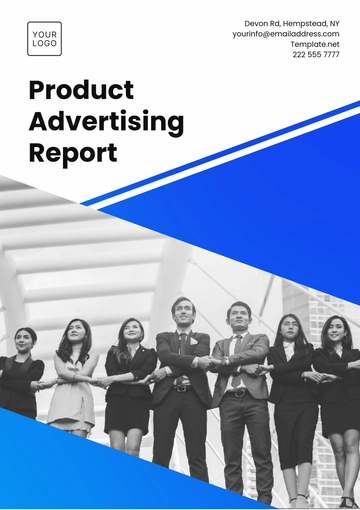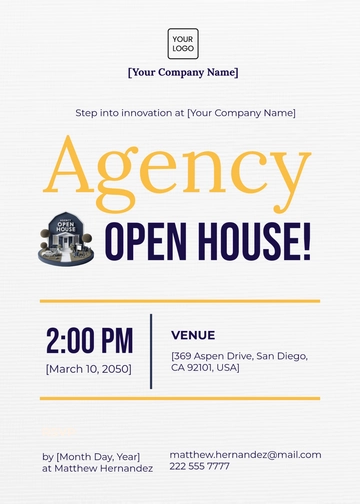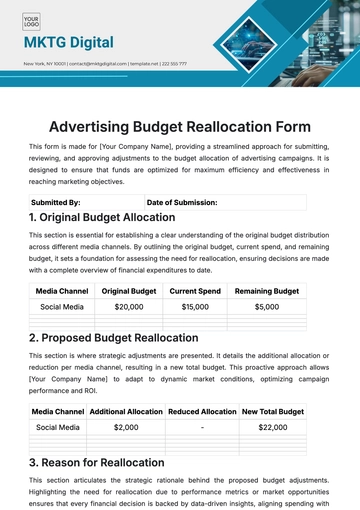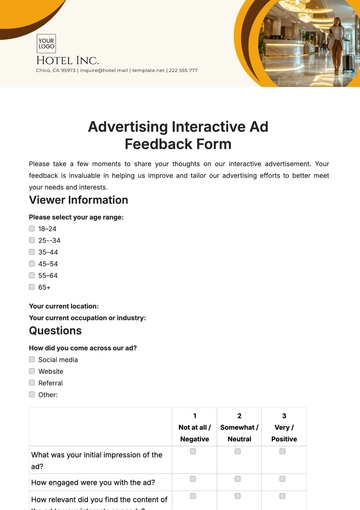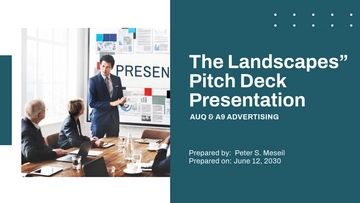Free Pre-Event Media Outreach Advertising Strategy
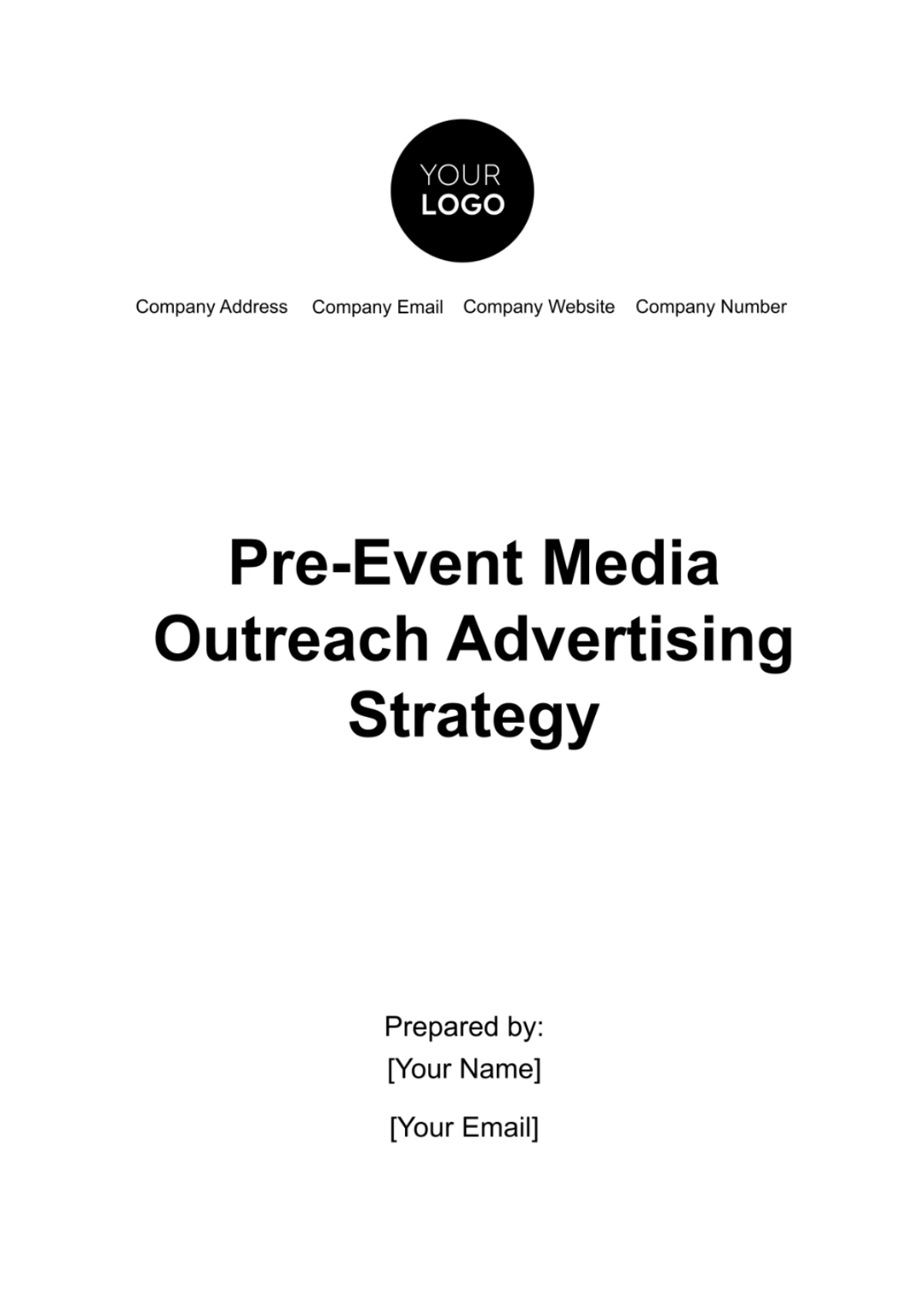
I. Objective Setting
The foundation of any successful media outreach is a clear understanding of the objectives. For [Event Name], the objective is not just about informing but also about generating excitement and anticipation. Setting specific, measurable goals will guide the entire outreach process, ensuring that every effort is aligned with the overarching aim of maximizing public interest and attendance at the event.
A. Event Name: [Event Name]
B. Event Date and Venue: Set to occur on [Month Day, Year] at the renowned [Event Venue], a location known for hosting prestigious events in [City/Region].
C. Primary Goal of Media Outreach: The primary goal is to secure at least [20] media mentions across key platforms, drive [5,000] visits to the event's website, and ultimately, increase event attendance by [30%] compared to the previous year.
II. Target Audience Identification
Identifying the target audience is critical in tailoring the media outreach strategy. The target audience for [Event Name] is diverse, covering industry professionals, enthusiasts, and potential customers. Understanding their demographics, interests, and media consumption habits will enable us to choose the right channels and craft messages that resonate with them.
A. Demographics: The primary audience includes professionals aged [25-50] within the business sector, along with local enthusiasts and hobbyists who actively follow industry trends.
B. Interests and Behaviors: These individuals are typically active on social media, keen on staying updated with industry trends, and likely to participate in community events and forums.
C. Preferred Media Channels: Given their media consumption patterns, focusing on digital platforms such as LinkedIn for professionals, Instagram and Facebook for broader reach, and industry-specific blogs and forums will be effective.
III. Key Messaging
Crafting compelling key messages for [Event Name] is crucial to resonate with the target audience and media. These messages should not only inform but also create excitement and anticipation about the event. They should highlight what makes the event unique and why it’s a must-attend.
A. Core Message: "Experience the Future of Advertising at [Event Name] - Your Gateway to Innovation and Networking."
B. Supporting Messages:
Highlight the exclusive launch of innovative products and services at the event.
Emphasize the opportunity for unparalleled networking with industry leaders and peers.
Promote special features of the event such as keynote speeches by renowned experts, interactive workshops, and state-of-the-art exhibits.
IV. Media List Creation
Creating a targeted media list is a pivotal step in the outreach strategy. This list will encompass a range of media outlets and influencers that align with the event’s theme and audience. The goal is to cover a mix of local and industry-specific media, alongside influencers and bloggers who can amplify our message to the right audience.
Local Media | Industry-Specific Media | Influencers and Bloggers |
Newspapers: Daily News, Metro Times TV Stations: Channel 5 News, Morning Show Radio Stations: News Radio 102.5 FM, The Talk 89.7 FM | Online Publications: Business Weekly, Business Innovators Blog Magazines: Business Today, Business Review | [Name], with a focus on the advertising industry, boasting a large following on LinkedIn and Twitter. [Name], known for in-depth event coverage and a strong follower base on Instagram and YouTube. |
V. Press Material Development
Developing compelling press materials is crucial for capturing media interest. This section will cover the creation of a press release, a comprehensive media kit, and a list of FAQs. These materials need to be informative, engaging, and reflective of the event’s branding and key messages.
A. Press Release: The press release for [Event Name] will include an engaging headline, a brief but comprehensive overview of the event, quotes from key figures such as [Your Name], and specifics on why this event is a must-attend.
B. Media Kit:
Event Overview: A concise summary highlighting the event's significance, theme, and key attractions.
Speaker Bios: Short biographies and photos of keynote speakers, showcasing their expertise and relevance to the event.
High-Resolution Images: Professional-quality images including past event photos, logos, and infographics related to the current event.
C. FAQs: A set of FAQs addressing common questions about the event, covering topics such as ticketing, schedule, venue facilities, and what attendees can expect.
VI. Media Pitch Crafting
The success of media outreach heavily depends on the pitch. A well-crafted media pitch should capture the essence of [Event Name] and why it's newsworthy. This pitch will be tailored to each media outlet to increase its relevance and appeal, considering the unique angle or interest of each platform.
A. Pitch Template: A basic template will be developed, which can be customized for different outlets. It will introduce [Event Name], its significance, and why it deserves media coverage.
B. Customization for Different Media Outlets: The pitch will be adjusted based on the outlet's audience, focus, and style. For example, a more detailed, industry-focused pitch for trade publications, and a community-centric story for local media.
C. Unique Angles: For each media outlet, a unique angle or aspect of the event will be highlighted to cater to their specific audience interests, such as technology advancements for tech blogs or community impact for local news.
VII. Outreach Schedule
Timing is everything in media outreach. The outreach schedule details when and how we will initiate contact with media representatives. It includes a timeline for the initial outreach and a structured follow-up plan, ensuring that our event stays on their radar and increases the chances of coverage.
A. Initial Contact: The initial outreach will begin approximately [6-8 weeks] before the event date, providing media outlets enough time to plan and schedule coverage.
B. Follow-up Plan: Follow-up communications will be scheduled at strategic intervals – [2 weeks] after the initial contact and again 1 week before the event, to keep the momentum going and address any additional queries or requirements.
C. Event Reminders: Final reminders will be sent a few days prior to the event, including any last-minute details or changes.
VIII. Social Media Strategy
Social media plays a vital role in event promotion. The strategy here is to leverage different social media platforms to generate buzz and engage with the audience. A content calendar will be established to ensure consistent and timely updates, along with an engagement plan to interact with followers and amplify the reach.
A. Platform Selection: Focus will be on platforms most used by our target audience - LinkedIn for professional engagement, Instagram and Facebook for broader audience reach, and Twitter for real-time updates and engagement.
B. Content Calendar: A detailed schedule will include various types of posts like teasers, speaker highlights, behind-the-scenes looks, and registration reminders. This calendar will ensure a steady flow of content leading up to the event.
C. Engagement Plan: Active engagement with followers through likes, comments, and shares, as well as prompt responses to queries. Hosting pre-event Q&A sessions or live streams can also drive engagement and interest.
IX. Monitoring and Adjusting
The key to effective media outreach is adaptability. This section focuses on monitoring the responses from the media and the audience to our outreach efforts. By tracking these responses, we can make informed adjustments to our strategy, ensuring that our messaging resonates with the audience and achieves the desired outcomes.
A. Response Tracking: Monitoring media responses to pitches and social media engagement, including likes, shares, comments, and overall sentiment.
B. Adjustments Based on Feedback: If certain messages or channels are not yielding the expected results, we will pivot our strategy, either by refining our messaging or focusing on more responsive channels.
C. Continuous Improvement: Using insights from ongoing monitoring to improve our approach in real-time, increasing the effectiveness of our outreach efforts.
X. Post-Outreach Evaluation
This evaluation will measure the success of our media outreach efforts, analyzing the extent and impact of media coverage and social media engagement. It will provide valuable insights for future events and help in refining our media outreach strategies.
A. Success Metrics: Key metrics will include the number of media mentions, the reach of social media posts, engagement rates, and actual event attendance.
B. Post-Event Media Coverage Review: Analyzing the coverage received to understand the media’s perception of the event and the audience’s response.
C. Learnings and Insights: Gathering insights on what worked well and areas for improvement, which will be invaluable for planning future events and media strategies.
XI. Conclusion and Next Steps
This strategy is a tribute to [Your Company Name]'s commitment to excellence in communication, engagement, and brand presentation. The strategy outlined here is both analytical in its approach and dynamic in its execution.
Strategic Communication: The foundation of this strategy lies in its focus on strategic communication. Every step, from defining clear objectives to developing targeted press materials and crafting personalized media pitches, has been carefully designed to convey the essence of [Event Name] and align with [Your Company Name]'s overall brand narrative.
Engagement and Adaptability: Engagement with the target audience and adaptability in response to their feedback are central to this strategy. Through a well-planned social media approach and continuous monitoring, the strategy ensures that the outreach remains responsive and effective, adapting in real-time to maximize impact.
Evaluative Approach: The emphasis on post-outreach evaluation underscores [Your Company Name]'s commitment to learning and growth. By analyzing the outreach's success and identifying areas for improvement, the strategy not only celebrates successes but also sets the stage for enhanced future engagements.
This Pre-Event Media Outreach Strategy represents a strategic, adaptable, and evaluative approach to media engagement, aligning with [Your Company Name]'s overarching goals of innovation, engagement, and excellence. It sets a precedent for future events and media interactions, positioning [Your Company Name] as a leader in corporate communications and public relations.
- 100% Customizable, free editor
- Access 1 Million+ Templates, photo’s & graphics
- Download or share as a template
- Click and replace photos, graphics, text, backgrounds
- Resize, crop, AI write & more
- Access advanced editor
Introducing Template.net's Pre-Event Media Outreach Advertising Strategy Template. This editable and customizable tool, equipped with our Ai Editor Tool, streamlines media outreach planning. Craft targeted strategies, enhance communication, and maximize event visibility. Seamlessly adapt to evolving needs, ensuring effective pre-event promotion and success. Elevate your advertising strategy effortlessly with Template.net.
